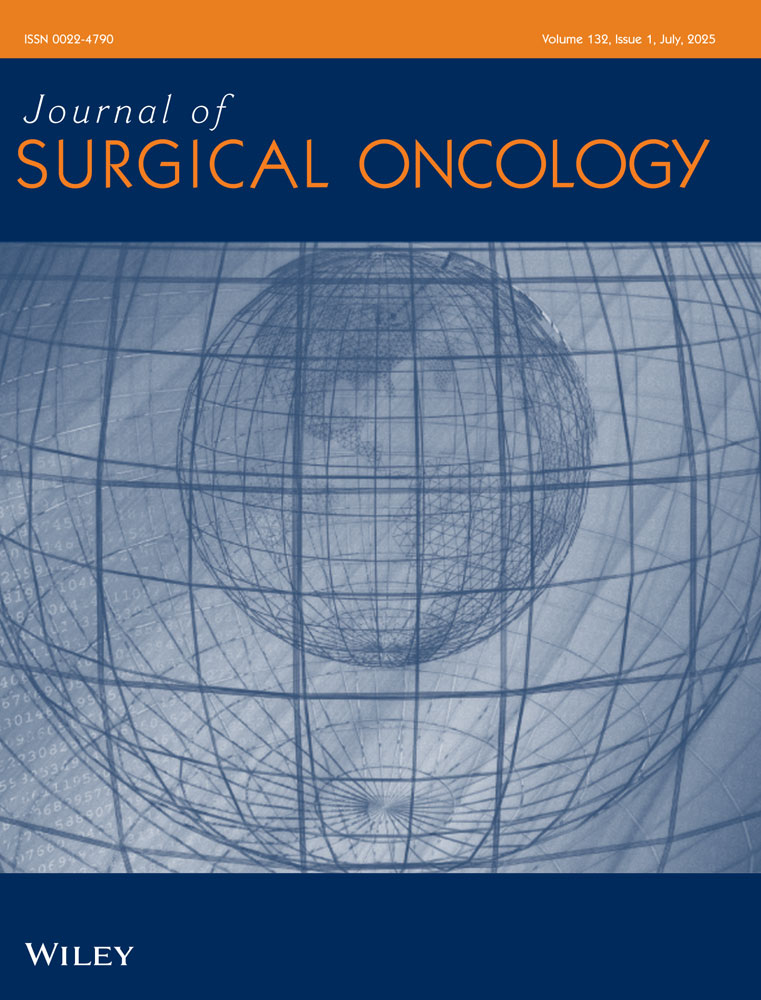Detection of sentinel lymph nodes in gastric cancers based on immunohistochemical analysis of micrometastases
Abstract
Background and Objectives
The sentinel lymph node (SN) theory has the potential to change the trend of surgery for gastric cancer that is based on wide resection of the stomach with dissection of regional lymph nodes. However, feasibility tests of SN mapping procedures in gastric cancers with analysis of micrometastasis are rare. This study aimed to estimate the clinical usefulness of SN mapping using a dual procedure with dye- and gamma probe-guided techniques for gastric cancers, based on immunohistochemical staining (IHC) analysis.
Methods
SN mapping procedures were performed on 41 patients with T1-T2 gastric cancer, and gastrectomy with D2 lymphadenectomy followed. All SNs and non-SNs obtained from the patients were tested by IHC analysis using anti-cytokeratin antibodies.
Results
Using the dual mapping procedure, SNs were detected in all patients (100%). SN was positive in all patients with lymph node metastasis except in one with non-solid type poorly differentiated adenocarcinoma with marked lymphatic permeation, thus achieving an accuracy rate of 98%.
Conclusions
The method was accurate in predicting nodal status and could be an indicator for less invasive treatment in patients with gastric cancer. J. Surg. Oncol. 2004;87:32–38. © 2004 Wiley-Liss, Inc.




